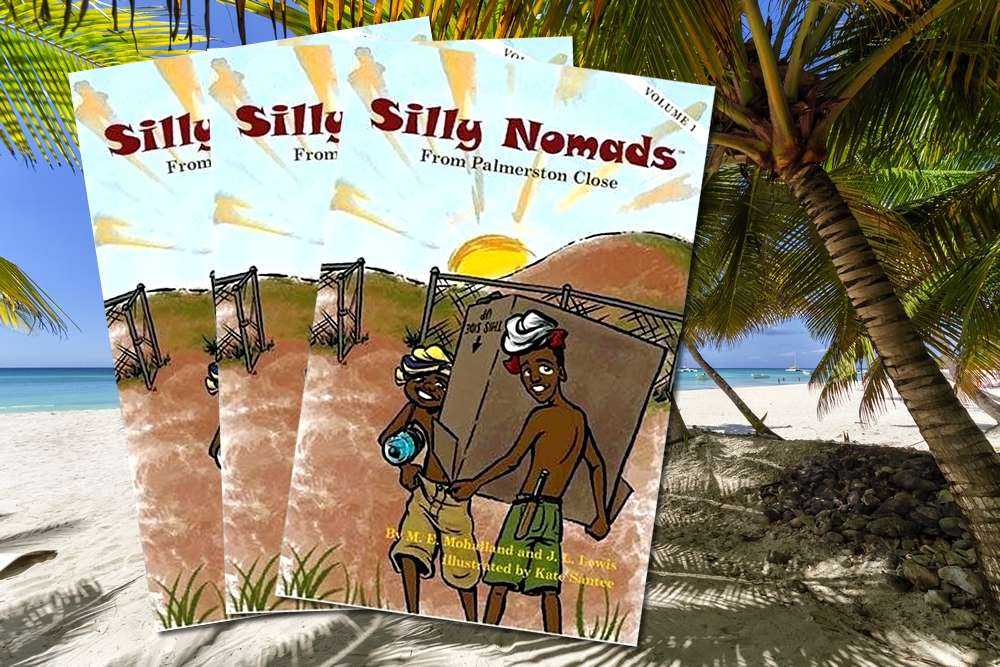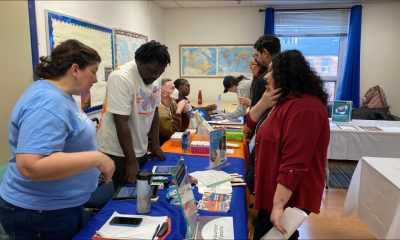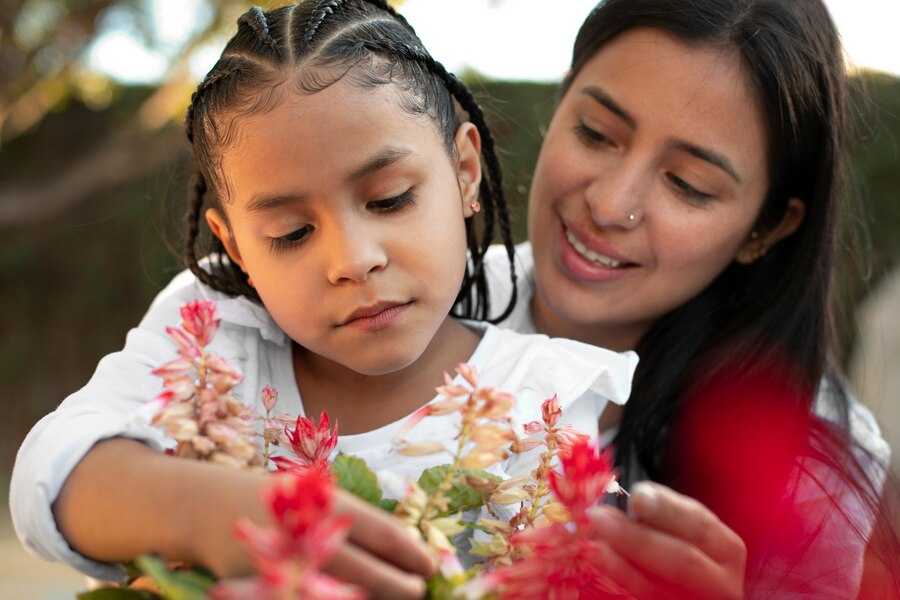BY KAHA G – 15 YEARS OLD
In history class, we were asked to do a group presentation based on various disputes between Indigenous peoples and the Canadian government as a whole, whether that be the crown, or even our current government. We were also asked to do an OPCVL (Origin, Purpose, Content, Value, and Limitations) on the websites we use to get a good idea of who is reporting the article and what kind of biases they present on the specific topic. My group chose the Toronto Purchase as our topic, and I will explain the Indigenous and Crowns’ perspective and give an overall introduction to what the Toronto Purchase is (some of this information is from my group members as well).
The Toronto Purchase of 1805, known as Treaty 13, is a big moment in Canadian history. Partially negotiated between the Mississaugas of the Credit First Nation and the British Crown, this land treaty aimed to address the uncertainties left by the Johnson-Butler Purchase of 1787-88. The earlier deal lacked clarity, resulting in rage over land boundaries and usage. In response, the Toronto Purchase sought to provide a clearer understanding of land rights between the Crown and the Mississaugas, resulting in ongoing colonial expansion and the displacement of Indigenous communities.
Now, here is the Toronto Purchase Treaty from each perspective:
The Crown’s Perspective:
Britain’s defeat at the hands of the Americans in 1783 because of the American Revolution placed a lot of pressure on the crown to acquire more land to resettle loyalist refugees. As well as the crown needed to secure communication and supply lines to western outposts and unite settlements along Lake Ontario from Kingston to Niagara. Since the crown knew that the Mississaugas of the Credit had large amounts of land that could benefit them, they created a treaty. The Mississaugas agreed, however, the British had no intention of sharing this land, and there were doubts about the treaty’s legitimacy of the deed and unclear land boundaries.
A deed is a legal document that outlines details of a land transaction, in this case, it would have the sale of the lands from the Mississaugas to the British Crown.
These concerns were bad for the crown because honouring agreements was important for maintaining the British government’s reputation and credibility. Violating treaties can damage relationships with Indigenous nations and other colonial powers, which puts them at a disadvantage when it comes to various aspects like security, defense, alliances, and trade.
The Mississaugas of the Credit First Nations Perspective:
Chief Wabakinine (wabakeyneen) was the Head Chief of the Mississaugas of the Credit First Nation in the 18th century. On their behalf, he signed many surrender treaties with the colonial British setters, including Treaty 13, or the Toronto Purchase.
Since the British needed more land for the settlers, Chief Wabakinine agreed to share the land with the newcomers in a beneficial way, where the Mississaugas could still hunt, fish, and gather, while the settlers would go about their way establishing villages and farms. However, the British didn’t keep up their end of the Treaty and the settlers saw the Mississaugas as trespassers, drove them from their camping places, ravaged the resources of the land and brought new diseases with them.
Sooner than later, the traditional economy was collapsing, and disease started to spread, making the population of Mississaugas drop 20%, within 10 years. The crown was now deemed untrustworthy since they didn’t respect Indigenous rights, took more land than originally agreed upon, underpaid them for the land, did not honour the terms and agreements of the Treaty and delayed the Mississaugas compensation for around 223 years (1787 to 2010).
Furthermore, the sources I got this information from were biased towards Indigenous peoples, as well as Indigenous websites that have a clear and precise analysis of what the goals of the Crown were, and why they did what they did. So, I would say the websites I used have a balance in respect to bias.
To summarize this whole article, the British Crown wanted more land for settlers and to secure their territory, but they didn’t stick to their promises in the Toronto Purchase treaty. The Indigenous Mississaugas agreed to share the land but got mistreated, lost resources, and faced disease instead. This shows how colonialism harmed Indigenous people and why we should honour their rights and finally bring justice for all of the torment they faced because of the Canadian government.


 Community News2 weeks ago
Community News2 weeks ago
 Community News2 weeks ago
Community News2 weeks ago
 Community News2 weeks ago
Community News2 weeks ago
 Community News2 weeks ago
Community News2 weeks ago
 Community News2 weeks ago
Community News2 weeks ago
 Community News1 week ago
Community News1 week ago
 Community News2 weeks ago
Community News2 weeks ago
 Community News2 weeks ago
Community News2 weeks ago

























